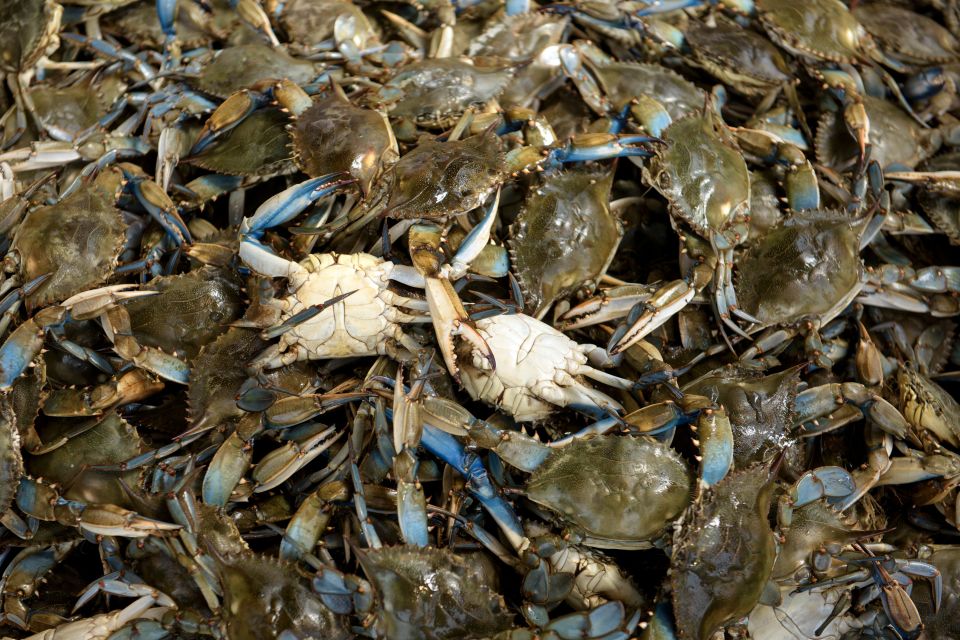Alaskan snow crab populations have plummeted, leading to the cancellation of the economically important catch, although the reasons for this species’ decline are disputed.
Alaskan snow crabs grow to a considerable size, making them a prized delicacy on the dinner table and an important source of income for those who catch them.
If you like Alaskan snow crab, you might run into a problem this year. The Alaska Department of Fish and Game (ADF&G) has canceled the snow crab season due to a reported major drop in crab populations. pic.twitter.com/OhWQVJArki
— NowThis (@nowthisnews) October 14, 2022
This year, however, both diners and fishing crews will have to look elsewhere: For the first time, the Alaska Department of Fish and Game (ADF&G) has canceled the season.
The decision reflects a catastrophic drop in crab numbers over the past two years and fears that, without protection, the loss will become permanent.
Rising temperatures have certainly contributed to the crab catastrophe, but scientists aren’t sure if it’s the only (or even the main) reason.
“Understanding that crab fishery closures have substantial impacts on harvesters, industry, and communities, ADF&G must balance these impacts with the need for long-term conservation and sustainability of crab populations,” a statement read. of AGDF&G.
WHAT KILLED THE CRABS?
The official story is something like “a billion snow crabs disappeared.”
If that sounds fishy to you, keep reading. Let’s dive into the ecology, oceanography, & geopolitical history of the Bering Sea.
A science thread on crabs, corruption, & collapse: 🦀 pic.twitter.com/X6i4yKC4mq
— spencer 🦈 (@Unpop_Science) October 16, 2022
“Bering Sea snow crab management must now focus on conservation and rebuilding given the condition of the population,” he adds.
Although this is the first time the crab season has been cancelled, the population is undergoing wild swings, making it difficult to determine the underlying causes. In Alaska, however, any ecological change has an obvious suspect: some of the fastest temperature rises on the planet.
The connection between increased heat and falling snow crab numbers is easy to see. Young crabs mature in so-called “cold pools” near the seabed. The waters there, fed by sinking brine and melting ice, are often too cold for the crabs’ predators to enter, says IFLScience.
The warmer waters of the Bering Sea naturally threaten that. On the other hand, the largest number of small crabs ever seen was recorded in 2018, despite decades of rising heat.
However, not everyone thinks that warmer conditions are the whole story. Environmentalist Spencer Roberts wrote a Twitter thread linking the accident to the fate of Alaska’s other shellfish export: the red king crab.
Once an equally abundant resource, red king crab numbers plummeted in the early 1980s and have never recovered. Spencer points to evidence that the disappearance of king crabs was related to their status as a common bycatch of trawling for yellowfin and other fish.
Last year, fisheries biologist Dr. Braxton Dew alleged that NOAA officials falsified data to make it appear that red crab numbers were healthier than they were, knowingly misattributing the initial die-off to mortality. natural.
If Dew is correct, this allowed fishing harvests to continue, pushing the crabs to a point where they will take decades to recover, if ever.

